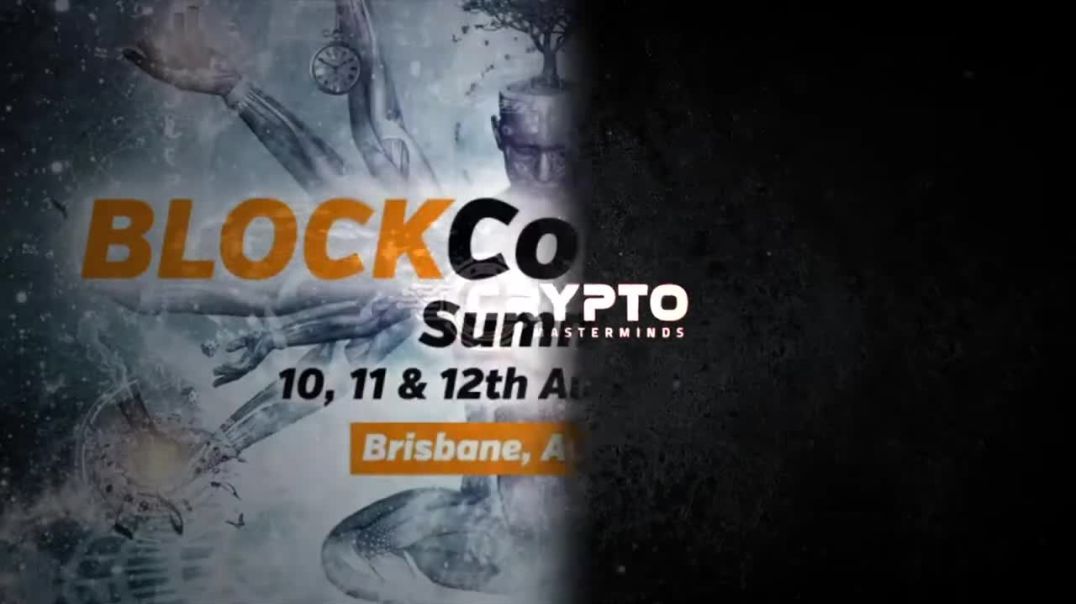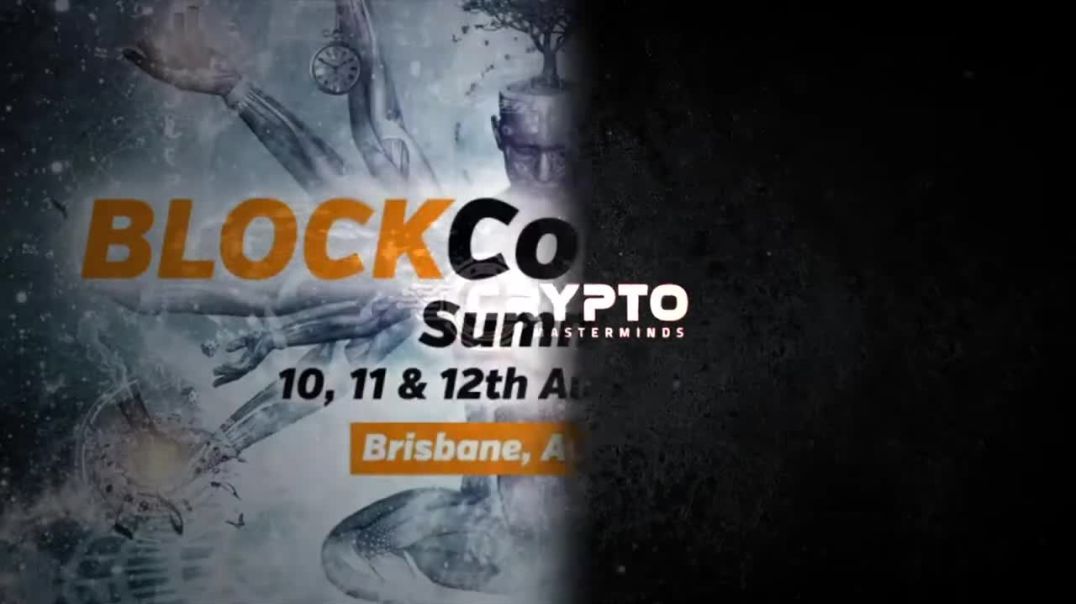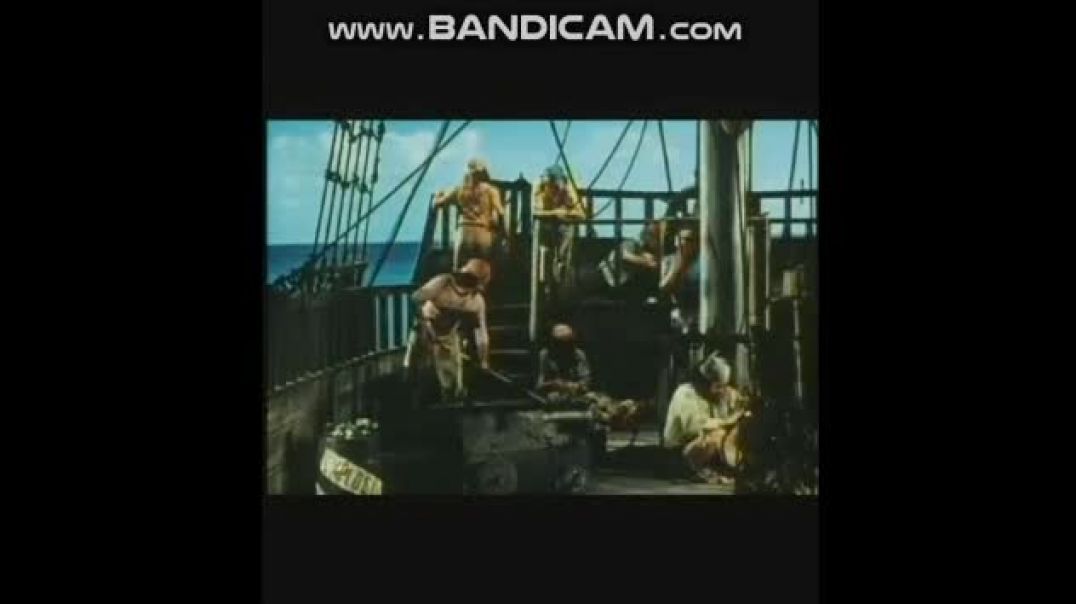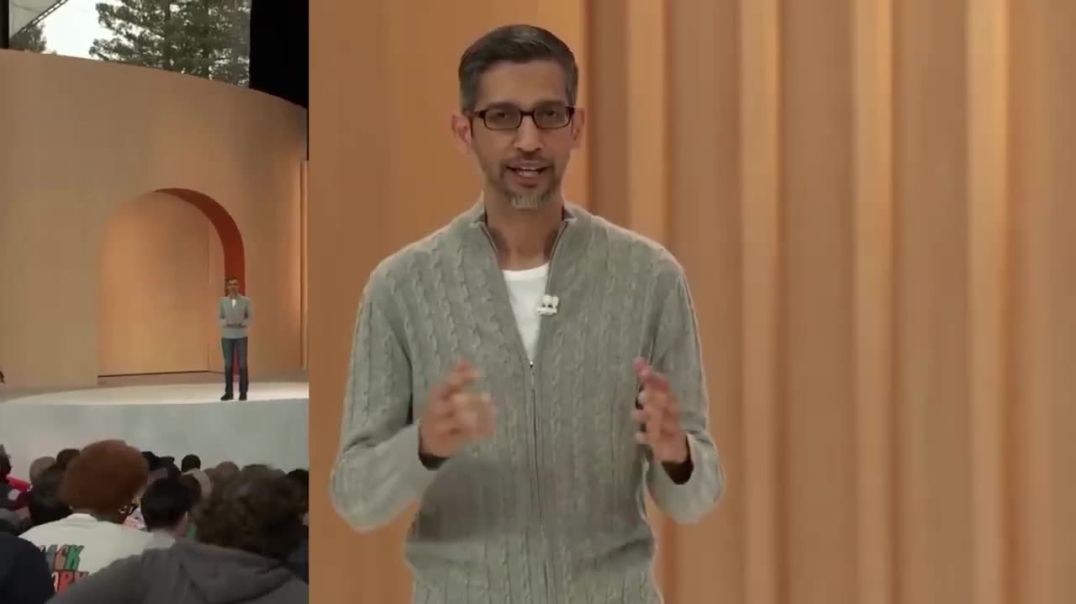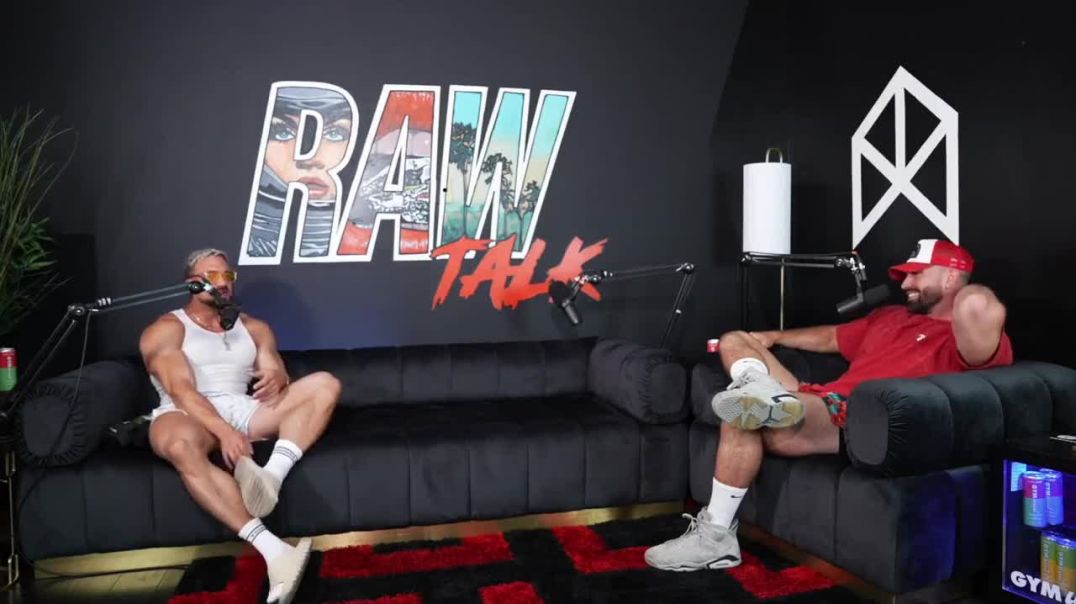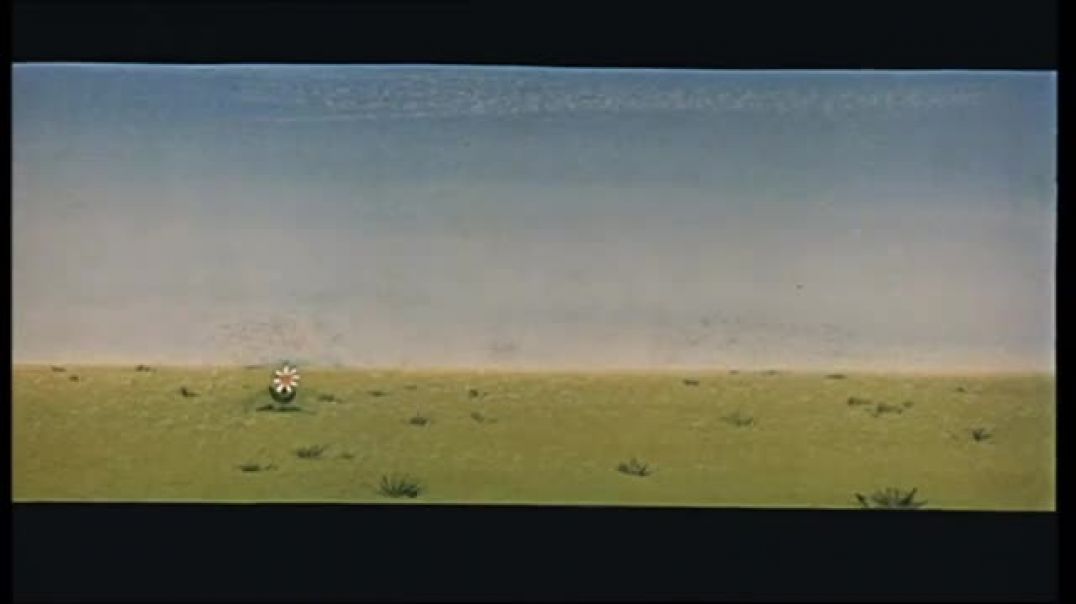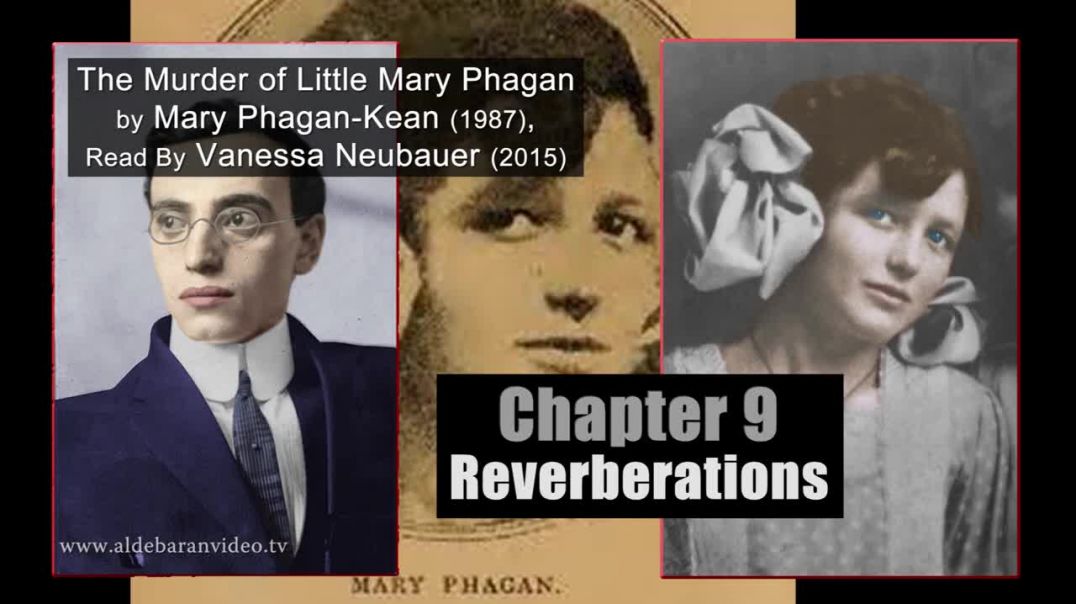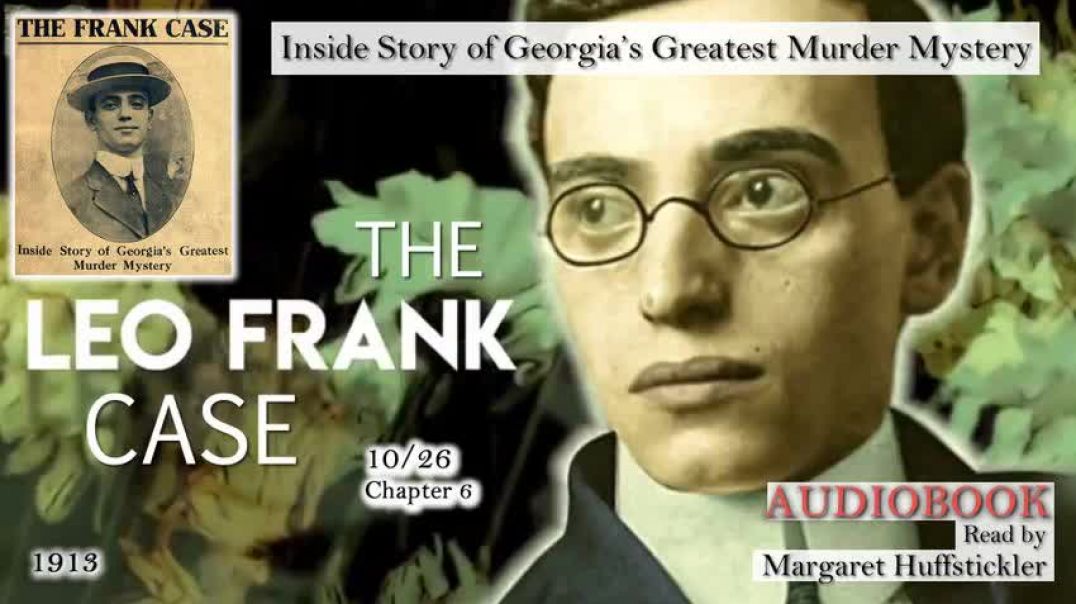Top videos
Warren Black specialises in empowering people financially, by helping them achieve global sovereignty and freeing them from unjust Taxes. In Warren’s own words, his mission is to “Help his Clients slash their tax 100% legally and keep greedy Golddiggers far from their hard-earned wealth”.
Warren helps clients structure, invest overseas and protect their assets in his Global Wealth Mastery program.
Warren is a qualified Accountant and Lawyer from Perth, Western Australia known for his eccentric and out-of-the-box approach to life and creative yet 100% legal ways of minimising tax for clients.
Warren’s credentials in this area are many, including gaining First Class Honours and winning the Mallesons Stephen Jacques prize in 1998 for his thesis “The Tax Implications of Native Title Compensation Payments”, for which he become one of Australia’s top authorities.
Warren was also named in the Panama Papers in April 2016 as the only “clean” accountant by ABC news.
Warren is a well-known speaker, both Australia wide and internationally, and has shared the stage with Richard Branson and Arnold Schwarzenegger – He has spoken on cruise ships and many world stages, including:
Financial Education Summit (with Richard Branson and Arnold Schwarzenegger)
Streetsmart Business School (with Mal Emery)
Money Masters (run by Financial Freedom and Nik Halik)
21stCentury Education
Reno Property Kings
Universal Stars
Legalwise (who train lawyers)
Tax Institute (who train accountants)
USA in Las Vegas, and in Phoenix, on US property
Oasis of the Seas Cruise Ship in US Miami
Thailand, Fiji, Philippines, and even on a luxury cruise ship!
Warren loves Law Reform and is known for taking on Regulatory Bodies (and winning) in everything from Speeding Fines, Parking Fines, kids bullying and ATO and ASIC matters. Warren has started his own spiritual movement, “City Awakening” to awaken people to their divine purpose and in their consciousness, and discover freedom in all areas of life.
An avid reader of fiction especially the mysteries of John Grisham, Lee Childs and Agatha Christie, Warren loves the beach and hanging out at organic and hippy cafes.
Click on Link to Book strategy session: https://bit.ly/2m5HkR2
Visit www.CryptoMASTERMINDS.org
Synopsis: In 1881, two scholars named Westcott and Hort published a revision of the New Testament that would send shockwaves through the academic world. Their new textual theory declared that the King James Version (which had been trusted for centuries) was full of errors. Sacred readings, long cherished by the faithful, were now declared to be forgeries. The world was informed that the book, which had been called the inerrant Word of God, was in need of correction. The new theory claimed that recently recovered manuscripts revealed a truer version of Scripture. Yet others warned that these manuscripts were, in fact, the creation of early Gnostic heretics that had been rightly abandoned centuries before. Was the new revision filled with ancient corruptions? Follow the story of the Bible’s controversial history into the twentieth century, as the work of Westcott and Hort would transform biblical scholarship, inspire the work of various Bible Societies, and pave the way for the cause of ecumenical unity between Evangelical Protestants and Rome.
Information covered in this documentary:
1) The history of the Revision of the Bible in 1881.
2) The objections of Dean John W. Burgon concerning the “new Greek text” invented by Anglican scholars, B.F. Westcott and F.J.A. Hort.
3) The analysis of George Sayles Bishop, R.L. Dabney and William G. Blaikie who likewise opposed the Revision of Westcott and Hort in the 19th century.
4) Proof that the purpose of the Revision was to overthrow the Received Text of the Protestant Reformation.
5) The warnings of Dr. F.H.A. Scrivener who declared that the theory behind the new Greek text was based on conjecture and fantasy.
6) The “Romish” doctrines of Westcott and Hort, as revealed in their letters, along with admissions of willful deception and heresy.
7) The warnings of early Church fathers concerning the corruptions of Gnostic heretics who altered ancient manuscripts in the early centuries.
8) Examples from the Critical Text of what are believed to be Gnostic influences that currently influence the majority of modern bibles.
9) How the work of Westcott and Hort was transformed into the Nestle-Aland Greek text, used by the vast majority of Bible colleges and universities, as well as most Bible translations.
10) The beliefs of Dr. Kurt Aland (the chief influence behind the Nestle-Aland Greek text) who denied the apostolic authorship of the New Testament, and suggested that Jesus may have been a mere “phantom.”
11) The influence of Dr. Bruce Metzger, a leading Bible critic of the 20th century (who worked on the RSV and NRSV translations) and his denial of the authorship of Moses in the Old Testament.
12) The influence of William Cameron Townsend, founder of Wycliffe Bible Translators, and Dr. Eugene Nida, father of the dynamic equivalence method of Bible translation (i.e. paraphrase).
13) The development of “bridge bibles” and what they mean.
14) The discovery of the Bodmer Papyri by a Jesuit priest.
15) Proof that the discovery of the Bodmer Papyri is associated with ancient Gnostic groups from the Nag Hammadi region of Egypt.
16) The influence of Rome, her Jesuits, and the ecumenical movement in the development of a single Greek text, as the “one world Bible” to unify all churches.
17) Discussion with Dr. James White (author of The King James Only Controversy) concerning his defense of the Critical Text and modern versions in general.
Featured Speakers: Dr. Phil Stringer, Dr. David Brown, David Daniels, Dr. D.A. Waite, Dr. Jack Moorman, Dr. Kirk DiVietro, Dr. H.D. Williams, Dr. Ronald Cooke & Dr. James R. White.
Bridge To Babylon is the sequel to 'A Lamp in the Dark' and 'Tares Among The Wheat' from The Untold History Of The Bible Documentary Series: http://www.adullamfilms.com/
YouTube informed me that the owner gave permission for this video upload to be on YouTube. God Bless Chris Pinto! :) Thanks to his documentary, A Lamp In The Dark: The Untold History of the Bible, I stopped reading the New American Standard, which I had read for years, and started reading the real Bible, the King James.
#History #Bible #Documentary #Everyone #World #Agnostics #Agnosticism #Atheists #Atheism #Evolution #Evolutionism #Christianity #Christians #Judaism #Jews #Islam #Muslims #Catholicism #Catholics #Gnostic #Gnosticism #Babylon #Rome #Ecumenism #JesusChrist #Is #God #Almighty :)
We discuss the the Oxford 1833 reprint of the 1611 Authorized King James Bible, the prophets of Babylon, the sleeping apostate church and spiritual warfare around the three films that John produced - A Lamp In The Dark, Tares Among the Wheat and A Bridge To Babylon.
Exploring Antichrist from the early church to the present. What does scripture say, and what does history record? 1611 AKJB website: https://www.kingjamesbible1611.org
Warren Black specialises in empowering people financially, by helping them achieve global sovereignty and freeing them from unjust Taxes. In Warren’s own words, his mission is to “Help his Clients slash their tax 100% legally and keep greedy Golddiggers far from their hard-earned wealth”.
Warren helps clients structure, invest overseas and protect their assets in his Global Wealth Mastery program.
Warren is a qualified Accountant and Lawyer from Perth, Western Australia known for his eccentric and out-of-the-box approach to life and creative yet 100% legal ways of minimising tax for clients.
Warren’s credentials in this area are many, including gaining First Class Honours and winning the Mallesons Stephen Jacques prize in 1998 for his thesis “The Tax Implications of Native Title Compensation Payments”, for which he become one of Australia’s top authorities.
Warren was also named in the Panama Papers in April 2016 as the only “clean” accountant by ABC news.
Warren is a well-known speaker, both Australia wide and internationally, and has shared the stage with Richard Branson and Arnold Schwarzenegger – He has spoken on cruise ships and many world stages, including:
Financial Education Summit (with Richard Branson and Arnold Schwarzenegger)
Streetsmart Business School (with Mal Emery)
Money Masters (run by Financial Freedom and Nik Halik)
21stCentury Education
Reno Property Kings
Universal Stars
Legalwise (who train lawyers)
Tax Institute (who train accountants)
USA in Las Vegas, and in Phoenix, on US property
Oasis of the Seas Cruise Ship in US Miami
Thailand, Fiji, Philippines, and even on a luxury cruise ship!
Warren loves Law Reform and is known for taking on Regulatory Bodies (and winning) in everything from Speeding Fines, Parking Fines, kids bullying and ATO and ASIC matters. Warren has started his own spiritual movement, “City Awakening” to awaken people to their divine purpose and in their consciousness, and discover freedom in all areas of life.
An avid reader of fiction especially the mysteries of John Grisham, Lee Childs and Agatha Christie, Warren loves the beach and hanging out at organic and hippy cafes.
Click on Link to Book strategy session: https://bit.ly/2m5HkR2
Visit www.CryptoMASTERMINDS.org
Live chat with Guru, Bosi and Brad from Canada
Ultimate Teen Credit Card Hacking Starter Guide
How to make $3000 a month, from buying property wholesale, from as little as $89,000 Aud, & how to earn $20,000 a month off a $600,000 Property
Tecknat Barn Svenska:Pippi Langkous op de zeven zeeën (1973) DVDRIPPEN (Dutch) Advertentie (4D)
Tecknat Barn Svenska:Alfons Åberg (1979-1994) DVDRIPPEN (Svenska) Hela Filmen (4D)
AI is Changing Google Search Forever
In questo video mediterò sulla lettera dell'apostolo Giacomo 1:2-8. Tutta la meditazione sarà accompagnata dalla mia testimonianza su una circostanza avversa che ha avuto inizio il 23.07.2022. Spero che questo video possa esserti di incoraggiamento se stai vivendo una prova nella tua vita. Ti incoraggio a condividere con altri tuoi amici la soluzione che è nella parola di Dio.
Se vuoi puoi contattarmi personalmente scrivendo alla mia posta elettronica oltre a lasciare un tuo commento sotto in questa pagina.
Recapito E-mail: eliseo.paterniti@alice.it
Questo video è possibile seguirlo tramite i sottotitoli generati automaticamente in 50 lingue internazionali.
YouTube bodybuilding star Joesthetics appeared on Bradley Martyn's podcast three weeks ago and discussed how his bloodwork changed after the COVID-19 mRNA vaccines and a d-dimer test revealed the presence of micro clots. (4 minutes, 25 seconds) He’s dead now. Aged 30.
Tecknat Barn Svenska:Lucky Luke rensar stan (1971) DVDRIPPEN (Svenska) Hela Filmen (4D)
Live chat with Guru, Cazz and franco
➖ARTICLES TO READ➖
https://threads.truthparadigm.news
➖VIDEO CREDITS➖
https://videocredits.truthparadigm.tv
➖
Proverbs 12:17: He CABAL speaks truth declares righteousness,
But a false witness, deceit
➖
🧿 RELAY BY 🧿
■ http://truthparadigm.news
■ https://shows.truthparadigm.tv
➖
💎TREASURE💎
■ https://tinyurl.com/IvermectinResources
■ https://cspoa.org
■ https://www.j6truth.org/
■ https://thepatriotlight.com/
■ https://www.devolution.link
■ https://covid19criticalcare.com
■ https://reawakeningseries.com
■ https://ministry.truthparadigm.tv
■ https://ministry.truthparadigm.news
■ http://truthparadigm.net
➖
#Pharma #ThomasRenz #Bannon #BannonsWarRoom #Bible #mRNA #GeneTherapy #Covid #Vaccines #Food #FoodSupply #God #AnimalVaccines #WHO #SupplyChain #Truth #CABAL #Covfefe #Freedom
➖ARTICLES TO READ➖
https://threads.truthparadigm.news
➖VIDEO CREDITS➖
https://videocredits.truthparadigm.tv
➖
Proverbs 12:17: He speaks truth declares righteousness,
But a false witness, deceit
➖
🧿 RELAY BY 🧿
■ http://truthparadigm.news
■ https://shows.truthparadigm.tv
➖
💎TREASURE💎
■ https://tinyurl.com/IvermectinResources
■ https://cspoa.org
■ https://www.j6truth.org/
■ https://thepatriotlight.com/
■ https://www.devolution.link
■ https://covid19criticalcare.com
■ https://reawakeningseries.com
■ https://ministry.truthparadigm.tv
■ https://ministry.truthparadigm.news
■ http://truthparadigm.net
➖
#MelK #MelKShow #AndrewSorchini #USDollar #DigitalCurrency #Crypto #CBDC #FedNow #IMF #Currency #MonetaryPolicy #Covid #Vaccines #VAERS #Truth #Covfefe #God #Freedom #Bible #TreasureMap
[READ]
URL: https://pjnewsletter.com/senat....e-new-constitutional
➖ Adam Casalino ➖ April 2023 ➖
🧿 RELAY BY 🧿
■ https://firstamendment.truthparadigm.tv
#1A #FirstAmendment #BillOfRights #Truth #FreedomOfSpeech #Censcorship #freedom #america #maga #SaveAmerica #usa #kag #liberty #constitution #keepamericagreat #politics #x #MAGA
The Knights of Mary Phagan watched the tree from which Leo Frank was hung for at least a day and night. Two months after the lynching, the group climbed to the top of Stone Mountain outside Atlanta and burned a large cross. On October 26, 1915, William J. Simmons, a former Methodist minister and member of at least eight fraternal denominations, signed a petition to the state of Georgia to establish the Ku Klux Klan Order. On November 25, 1915, Simmons reconvened the group and once again climbed Stone He climbed the Mountain and Ku He opened a new invisible empire of his clan, Crux. Founded in 1867 in Nashville, Tennessee, the original Ku Klux Klan was a secret society aimed at restoring white supremacy in the South against the radical Republican Congressional Restoration policies.
In 1869, General Forrest ordered the clan to be abandoned and resigned as Grand Wizard. Local organizations survived, some for many years. Release of D.W. in 1915 Birth of the Griffith Nation Next The Ku Klux Klan exerts a powerful hold on local politics from the early 1920s, aided by veteran patrons and fundraiser Edward Y. Clarke and Elizabeth Tyler began to In 1920 he elected many state officials and a large number of legislators.
In 1926, David C. Stevenson was convicted of second-degree murder in the death of Madge Overhelser, who had been kidnapped, raped, and trafficked to Chicago from Irvington, Indiana. The incident sparked widespread dislike for the Klan in the 1930s, and its influence was irrevocably weakened. It was officially disbanded in 1944, but five years later a group of six southern states came together to try to reform the national system. In the civil rights era, the clan has raised its head again and is now recruiting members. In the months following the lynching, about 3,000 Jews fled Georgia in a boycott of Jewish businesses.
This was the catalyst for the revival of the family and the formation of the Benebris Anti-Defamation League. Leo Frank was the president of the Atlanta chapter of the Jewish Brotherhood Beneiblis, founded in 1843. At the time of his arrest, Leo Frank was president of the Atlanta chapter of the Jewish Fraternity Beneiblis. The Anti-Defamation League was formed four weeks after the Leo Frank trial ended. Dave Shari, the League's fourth National Chairman, said sooner or later Bennett Bliss would have founded the League, but Leo Frank's story has shocked America's Jewish community like never before. said.
Adolf Klaus, chairman of B'nai B'rit at the time, commented on the prevalence of prejudice and discrimination, saying that the situation was so serious that it had recently become a symptom of trying to influence a court that happened to be litigated by Jews. said to have appeared. The Anti-Defamation League works with the NAACP to debunk all media and disseminate information that corrects misconceptions about Judaism. This church exists thanks to Leo Frank and Mary Phagan. After Leo Frank's death, Lucille Frank became a pillar of Atlanta's Jewish community. Fanny Phagan Coleman sued the National Pencil Company for damages and won thousands of dollars.
Tom Watson was indicted and tried in a United States District Court for mailing obscene material, but was acquitted in 1916. He initially endorsed Hugh Dorsey for governor, but later ran for the United States Senate. Jim Conley served less than a year in prison as a chain gangster and was convicted of breaking into a business near the Fulton County Courthouse. He and his grandfather and aunt then had a famous family conversation about little Mary Phagan. In 1941, he was part of a group arrested by Atlanta police for gambling. In 1947 he was arrested again for drunkenness and died in 1962. Rumors of a deathbed confession to the murder of Mary Phagan continue to persist. On April 6, 1987, three members of the Anti-Defamation League spoke with three members of the Alliance. All three claimed the rumors were baseless. Publications, films, and plays about the Mary Phagan Leo Frank case began long before Leo Frank's lynching. Connolly reported on the trial in Collier Weekly, after which she published a book, The Truth About the Frank Case. Von Possen claims that Mary Phagan's head and shoulder teeth marks do not match Leo Frank's dental x-rays. Ward Green reported 419 36 deaths in the Deep South for 1937. Tom Watson wrote The Farm Rebel (1943), Go Home (1952), Guilty or Not Guilty (1956), The Knight Who Fell Into Georgia (1959), A Criminal Lawyer (1962). In 1967, he published The Little Girl Is Dead and The Case of Leo Frank. Since the murder of young Mary Phagan on April 26, 1913, countless murders have taken place in Georgia. Students, writers, and curious people have continued to visit the Georgia State Archives, Georgia State University, and Emory University to investigate the case, and many people still visit her grave to pay tribute to her. represents. It's Georgia and my story.
The head of the National Pencil Factory, Leo M. Frank, was taken to the police station and detained on charges related to the rape and murder of Mary Phagan. Slender and boyish in appearance, he was a weak and delicate man unlike the old black man Newt Lee, the young giant Gantt, or the former conductor Arthur Mullinax. He told jurors he was born in Paris, Texas, and moved to Brooklyn, New York, when he was three months old. He graduated from Cornell University in 1902 and received a draftman's position at the B. F. Stutevant Company of High Park, Massachusetts.
He then returned to Brooklyn and worked as an inspector, engineer and draftsman at the National Meter Company in Brooklyn, New York. Afterwards, he returned to America and soon headed south to Atlanta, where he married Miss Lucille Seelig. He spent most of his married life at his step-parents' house. E. Seelig, 68 East Georgia Ave. Frank was taken into custody by police shortly before noon on Tuesday at a pencil factory. The car, which left the police station with Pinkerton Agency Detective Harry Scott and City Police Department Detective John Black in it, returned within 10 minutes with Frank locked in a cell.
Chief of Detectives, Mr. Newport A. Ranford said he would be held in custody pending the results of a forensic examination. Frank's friends were outraged by his arrest and hired one of Atlanta's leading lawyers, Luther Z. Rosser, as their attorney. Public sentiment on Tuesday was the highest since the murders came to light as four suspects were identified. Suspicions about Mr. Gang Su and Mr. Mullen were already quickly fading. City investigators and Pinkerton's military searched the factory, the suspect's home, and the entire city for clues to the pencil factory.
